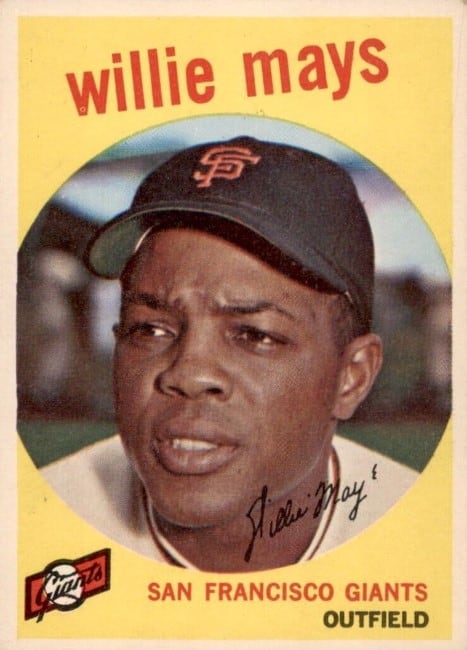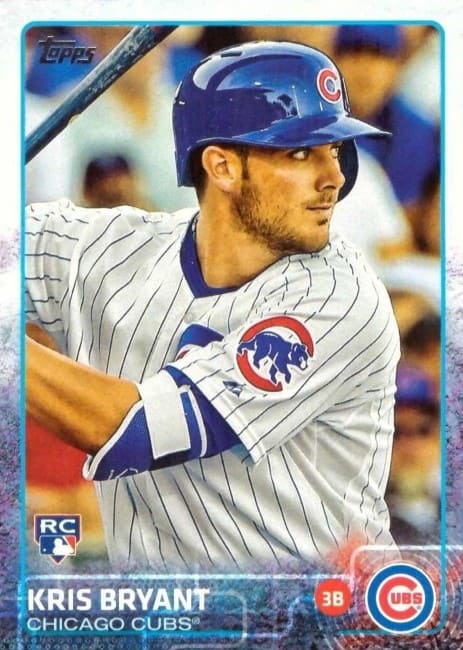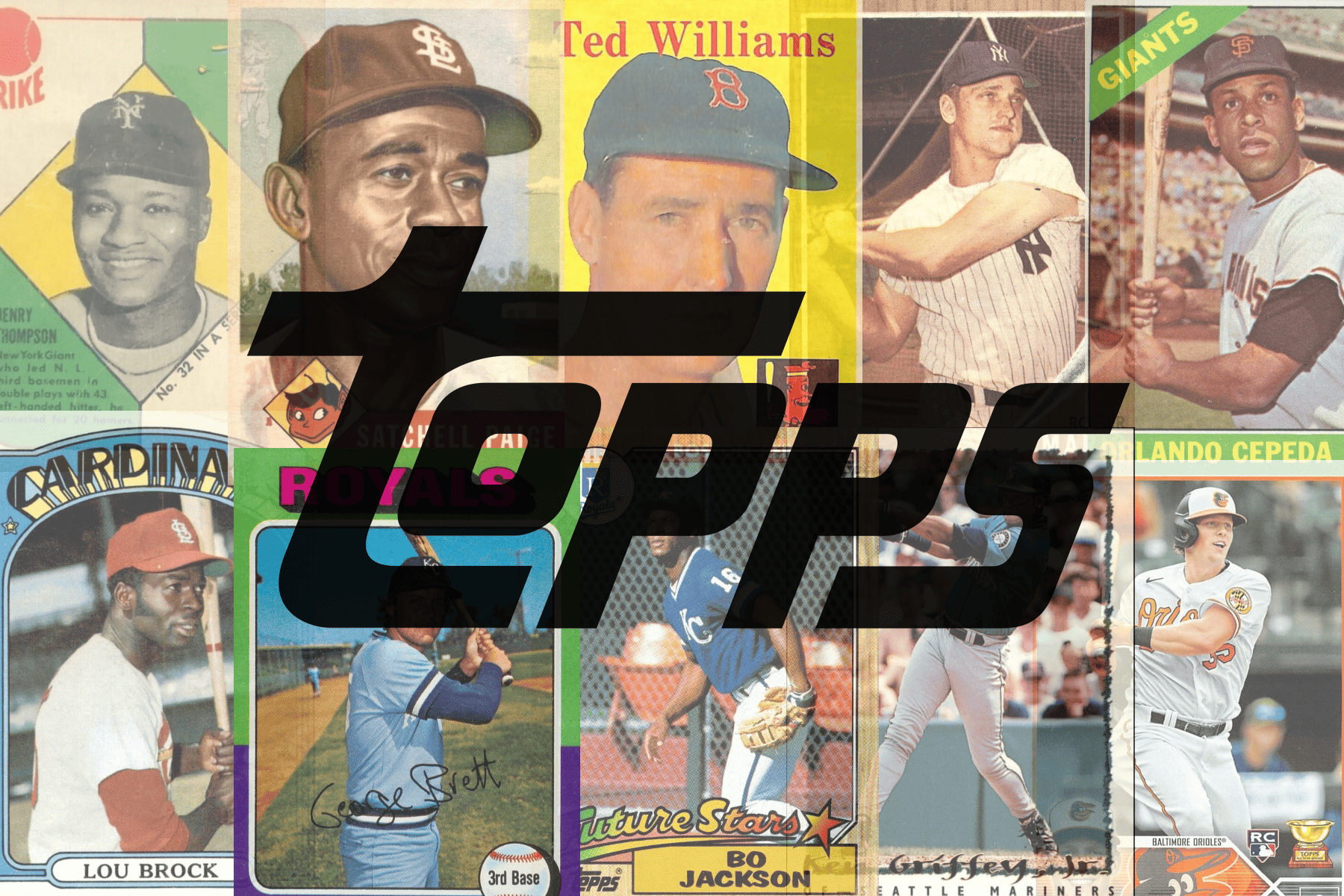
The history of Topps baseball cards is a significant part of the overall history of baseball card collecting. Topps is one of the most iconic and enduring brands in the hobby, known for its long-standing presence and innovation in the industry. Here’s a brief overview of the history of Topps baseball cards:
Early Years (1951-1955)
Topps Chewing Gum, Inc. entered the baseball card market in 1951 with its inaugural set, the “Topps Red Back” and “Topps Blue Back” series. These cards featured black-and-white player photographs on a red or blue background. They resembled playing cards and featured players such as Duke Snider, Richie Ashburn and Yogi Berra.
In 1952, Topps released the groundbreaking “Topps Baseball” set. It included the most expensive card of all-time, the 1952 Topps Mickey Mantle. It also included the first-ever Topps cards for Willie Mays and Jackie Robinson. The set marks the beginning of Topps’ influence on the baseball card industry. It’s considered one of the most important in the hobby’s history.
Competition and Growth (1956-1980s)

After several years of battling Bowman for exclusivity over certain players’ appearances on cards (Mantle was notably absent from the 1954 and 1955 Topps sets), Topps hit one out of the park with their 1956 set.
The company introduced a design change by incorporating player artwork into their cards. This continued in various forms for many years. Cards featured a headshot of each player on one side of the card, with an action photo in the background. Although there were only two eventual Hall of Famers with their rookie cards in this set (Walt Alston and Luis Aparicio), it was still a big step forward for baseball card design.
Throughout the 1960s and 1970s, Topps faced competition from other card manufacturers like Fleer and Donruss. These companies challenged Topps’ monopoly on baseball cards. This led to a period known as the “vintage era” of baseball card collecting.
In 1969, Topps issued its first black-bordered “Topps Deckle Edge” insert set, adding variety to their product offerings. In the 1970s, Topps introduced innovations like the “Topps Scratch-Offs” game cards and “Topps Super” oversized cards.
Modern Era (1980s-Present)
In the 1980s, Topps continued to evolve its card designs and introduced innovations like “Tiffany” sets with premium glossy cards. These were the precursors to inserts that would enter the hobby a decade later.
In 2001, Topps introduced the “Topps Heritage” line, which pays homage to vintage card designs with modern players. Many of the older designs of cards have reemerged in the Heritage line, typically on notable anniversaries.
In the digital age, Topps has embraced technology by launching digital trading card apps and blockchain-based collectibles. This includes their trading app, Bunt, which is played by millions of baseball fans.
Exclusive Licensing (2006-Present)

Echoing the controversy of Bowman vs. Topps in the 1950s, since 2006 Topps has held an exclusive licensing agreement with Major League Baseball (MLB) and the MLB Players Association (MLBPA). This exclusive license allows Topps to feature MLB team logos, uniforms, and player images on their cards.
The exclusivity has allowed Topps to maintain its status as the leading producer of licensed MLB baseball cards. Other card companies, like Panini and Donruss, can depict players on their cards. However, they can’t use MLB team logos or names. If you’re ever wondering if a card is a licensed product, you can look for those clues.
Conclusion
Topps baseball cards have become an integral part of the baseball fan experience. They’ve been documentarians of the history of the sport and the careers of legendary players. The brand continues to thrive as it adapts to changing collector preferences and embraces new technologies in the hobby.
